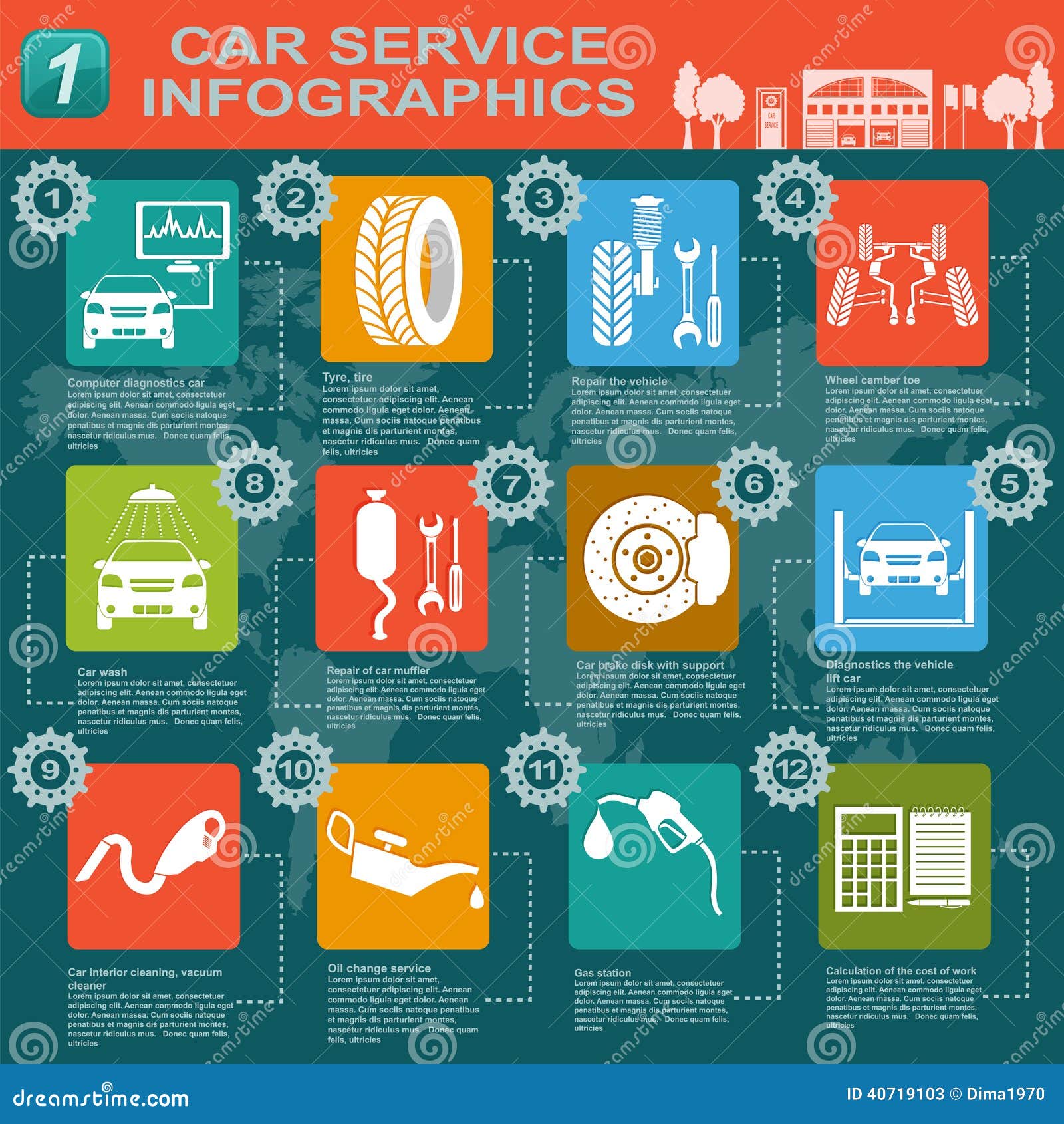Wondering About The Definition Behind Those Dashboard Warning Lights? Gain Insights Into Their Effects For Your Automobile'S Security And Upkeep
Wondering About The Definition Behind Those Dashboard Warning Lights? Gain Insights Into Their Effects For Your Automobile'S Security And Upkeep
Blog Article
Personnel Author-Lauritsen Shepherd
When you're behind the wheel, those radiant warning lights on your dashboard can be a little bit difficult. Do https://troyrmkmh.bleepblogs.com/30448842/a-once-neglected-vehicle-undergoes-a-jaw-dropping-transformation-showing-the-impressive-capabilities-of-specialist-detailing-you-re-bound-to-be-left-speechless-by-the-outcome recognize what they're attempting to tell you concerning your cars and truck's health? Understanding the significance of these lights is vital for your safety and security and the durability of your lorry. So, the following time one of those lights turns up, would not you wish to understand its message accurately and take the necessary actions to address it?
Common Caution Lighting and Interpretations
Identify typical caution lights in your automobile and comprehend their significances to ensure risk-free driving.
One of the most regular warning lights consist of the check engine light, which signifies problems with the engine or exhausts system. If this light begins, it's important to have your automobile inspected promptly.
The oil pressure warning light suggests reduced oil stress, requiring instant attention to stop engine damages.
A flashing battery light could suggest a damaged charging system, potentially leaving you stranded if not resolved.
The tire pressure tracking system (TPMS) light alerts you to reduced tire stress, impacting lorry stability and fuel performance. Overlooking this can lead to hazardous driving conditions.
The ABS light indicates an issue with the anti-lock stopping system, endangering your capability to stop rapidly in emergencies.
Last but not least, the coolant temperature level advising light warns of engine overheating, which can lead to severe damages if not resolved quickly.
Comprehending these common warning lights will assist you deal with concerns immediately and keep risk-free driving conditions.
Significance of Prompt Focus
Recognizing the common caution lights in your auto is only the very first step; the importance of immediately dealing with these warnings can not be emphasized sufficient to guarantee your security when traveling.
When a caution light brightens on your dashboard, it's your car's method of connecting a possible problem that needs focus. Overlooking these cautions can lead to extra extreme troubles down the road, compromising your safety and possibly costing you much more out of commission.
Trigger focus to cautioning lights can stop breakdowns and crashes. For example, a flashing check engine light might indicate a misfire that, if left unattended, could create damages to the catalytic converter. Resolving this without delay can conserve you from a costly repair.
Likewise, a brake system advising light could signify reduced brake liquid or used brake pads, important elements for your safety when driving.
Do It Yourself Troubleshooting Tips
If you discover a warning light on your dashboard, there are a couple of DIY fixing ideas you can try prior to seeking expert aid.
The first step is to consult your automobile's manual to recognize what the specific warning light shows. Sometimes the problem can be as easy as a loose gas cap triggering the check engine light. Tightening the gas cap may deal with the issue.
One more typical problem is a low battery, which can activate numerous warning lights. Examining the battery connections for corrosion and guaranteeing they're safe could fix the issue.
If a warning light lingers, you can attempt resetting it by separating the car's battery for a few mins and then reconnecting it. Furthermore, checking your car's fluid degrees, such as oil, coolant, and brake liquid, can help fix cautioning lights related to these systems.
Conclusion
In conclusion, understanding your vehicle's warning lights is vital for maintaining your lorry running smoothly and securely. By immediately dealing with these alerts and recognizing what they mean, you can stay clear of pricey repair work and potential failures.
Bear in mind to consult your car's guidebook for specific details on each advising light and act as necessary to ensure a hassle-free driving experience.
Remain educated, remain risk-free on the road!
